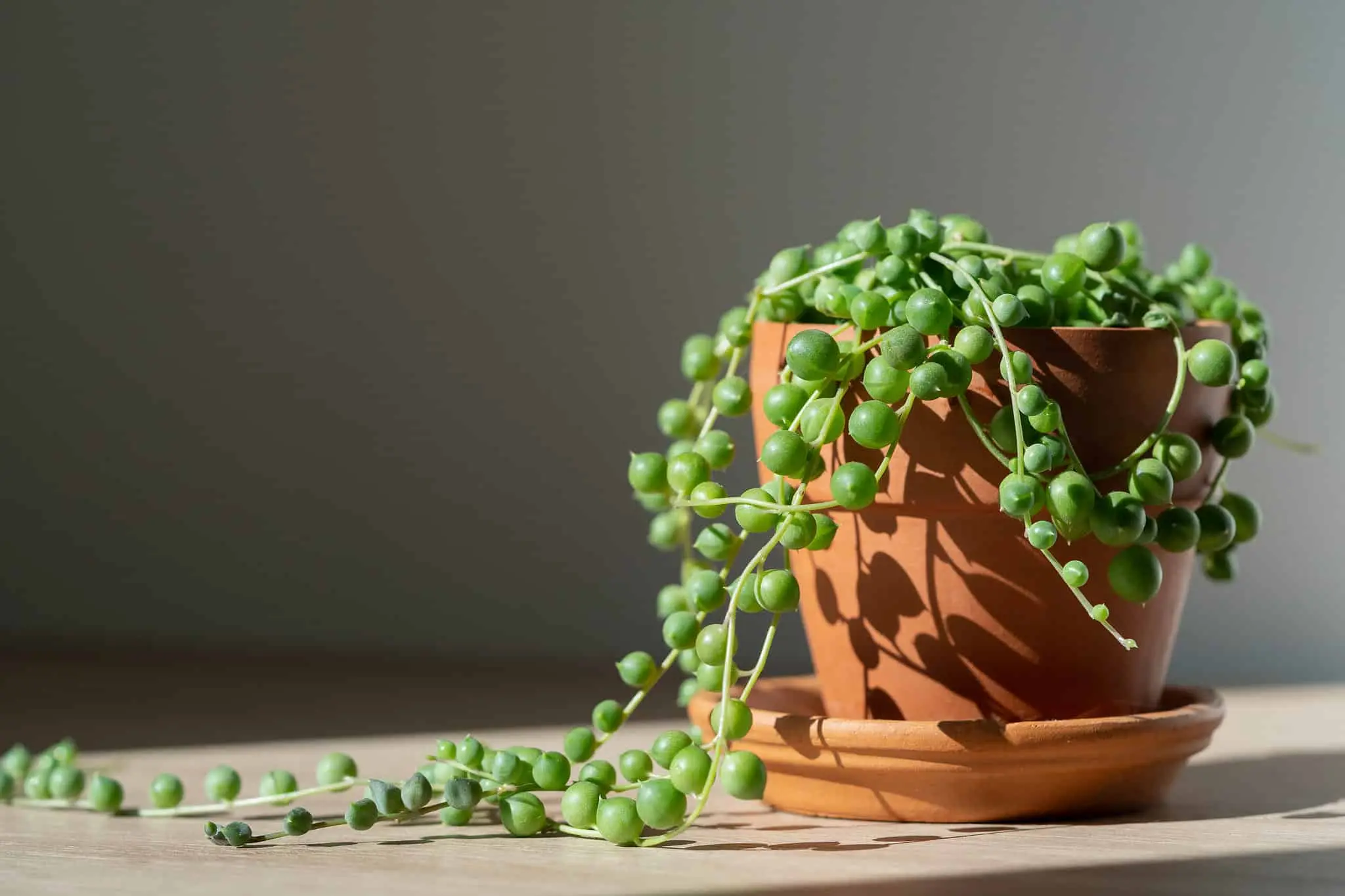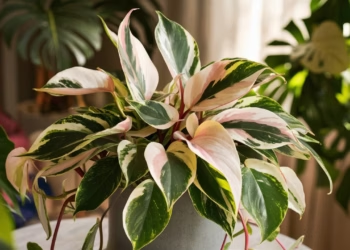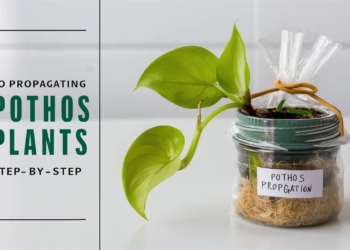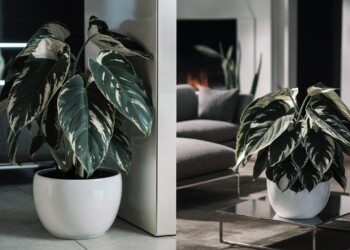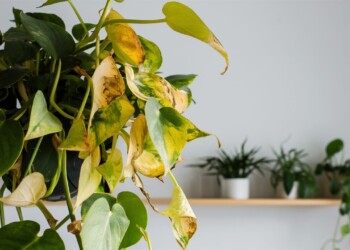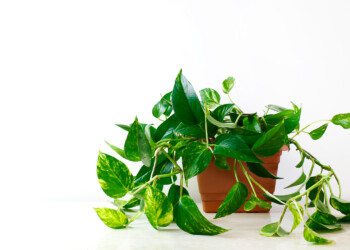Welcome to the ultimate handbook for plant enthusiasts! Are you eager to unlock the secrets of nurturing a String of Pearls plant to its fullest potential? Look no further! In this comprehensive guide, we’ll delve into the intricate world of caring for these mesmerizing succulents. Whether you’re a seasoned green thumb or just starting your plant journey, we’ve got you covered. Get ready to embark on a botanical adventure as we explore How to Care for String of Pearls Plants – Complete Guide!
Table of Contents
Understanding Your String of Pearls Plant
So, you’ve decided to bring home a String of Pearls plant – congratulations! Before diving into care tips, let’s take a moment to understand this unique succulent.
What is a String of Pearls Plant?
Ever seen those captivating cascades of tiny, bead-like leaves trailing down from a hanging basket? That’s the String of Pearls plant (Senecio rowleyanus)! Originating from the arid regions of southwest Africa, this quirky succulent is renowned for its distinctive appearance and low-maintenance nature.
Why Choose a String of Pearls Plant?
What sets the String of Pearls apart from other houseplants? Here are a few reasons why plant enthusiasts are drawn to this charming succulent:
- Aesthetic Appeal: Its spherical foliage resembles a string of lustrous pearls, adding a touch of whimsy to any space.
- Ease of Care: With the right conditions, String of Pearls plants can thrive with minimal effort, making them ideal for busy plant parents.
- Versatility: Whether cascading from a hanging planter or adorning a sunny windowsill, these plants adapt well to various environments.
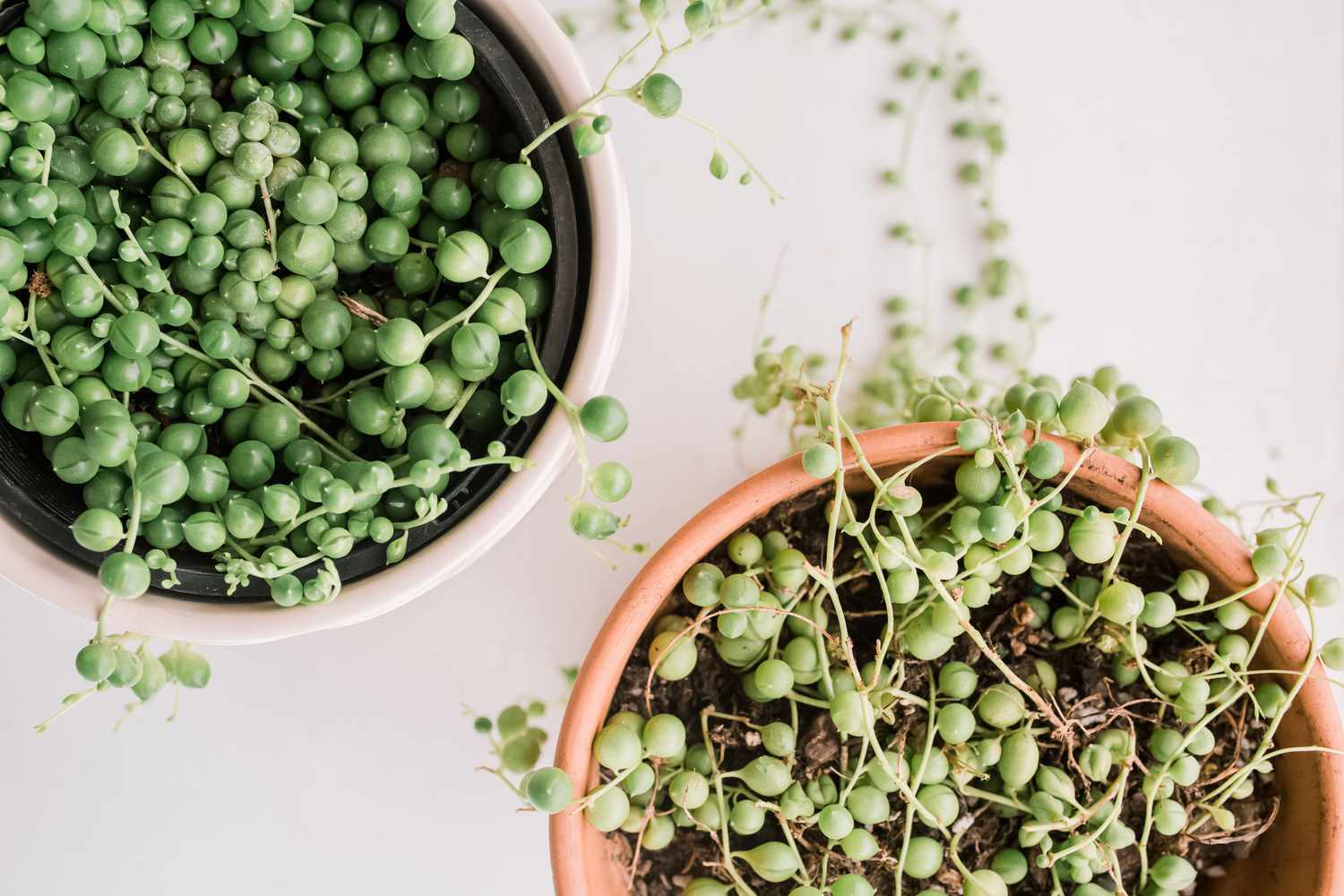
How To Care For String Of Pearls
Now that you’re acquainted with your String of Pearls companion, let’s dive into the nitty-gritty of plant care! Follow these essential tips to ensure your succulent thrives:
1. string of pearls plant light
String of Pearls plants crave bright, indirect sunlight reminiscent of their native habitat. Here’s how to provide the perfect lighting conditions:
- Indoor Placement: Place your plant near a south or west-facing window where it can bask in gentle sunlight without being scorched. However, it’s crucial to avoid exposing it to harsh midday sun, which can lead to leaf discoloration or ‘balding.’ Position your plant where it receives ample top-down light to promote even growth and prevent bald spots.
- Outdoor Care: If growing outdoors, choose a spot with partial shade to protect the delicate foliage from intense sunlight.
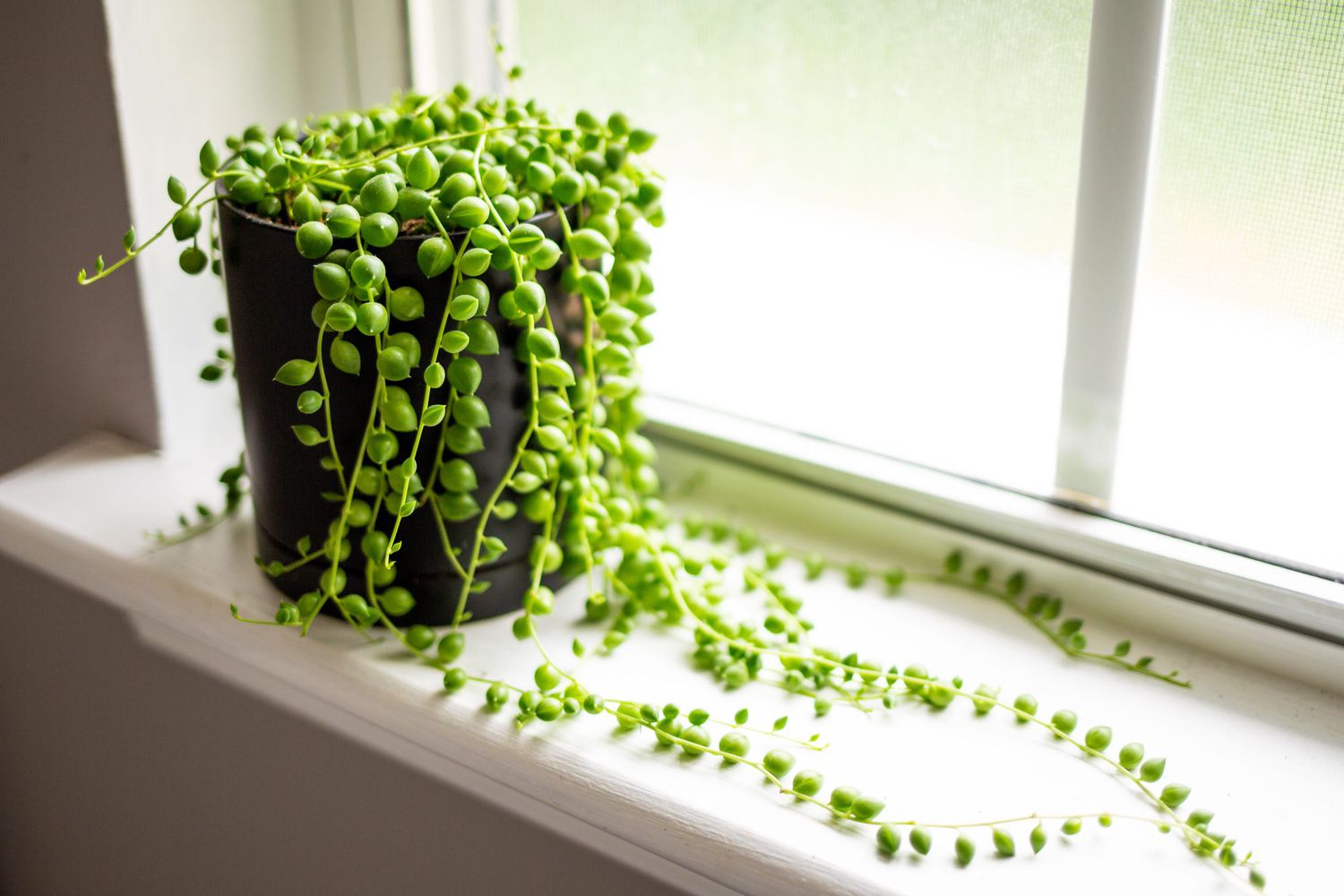
2. Watering
Achieving the right balance of moisture is key to preventing root rot and keeping your String of Pearls happy. Follow these watering guidelines:
- Moderation is Key: Allow the soil to dry out partially between waterings. Overwatering can lead to soggy soil, which spells trouble for your plant!
- Seasonal Adjustments: During the warmer months, increase watering frequency slightly. In winter, reduce watering to prevent waterlogged soil.

3. Soil
Selecting the proper soil mixture ensures optimal drainage and prevents waterlogged roots. Consider these soil tips:
- Well-Draining Mix: Opt for a gritty, well-draining succulent mix or create your own by combining perlite, sand, and potting soil in equal parts.
- Container Choice: Plant your String of Pearls in a pot with drainage holes to prevent excess moisture buildup.
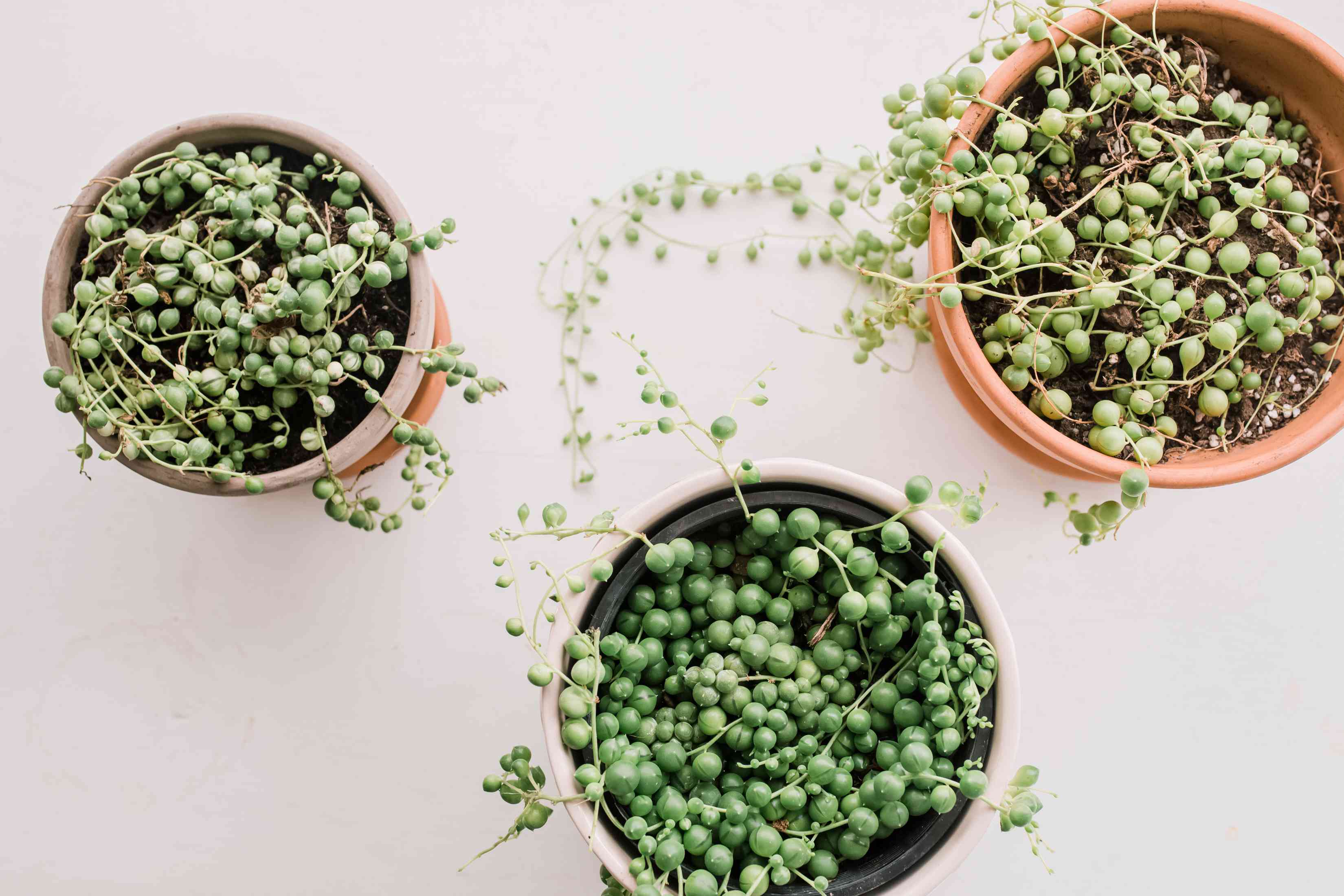
4. Temperature and Humidity
Maintaining a comfortable environment is crucial for your succulent’s well-being. Here’s how to regulate temperature and humidity:
- Temperature Range: String of Pearls plants thrive in temperatures between 70°F to 85°F (21°C to 29°C) during the day in the spring through autumn months. In winter, provide cooler temperatures between 13 to 16°C to promote flowering and overall plant health. Avoid exposing them to chilly drafts or extreme heat.
- Humidity Levels: These succulents prefer low to moderate humidity levels. If you live in a dry climate, consider misting the foliage occasionally to increase humidity.
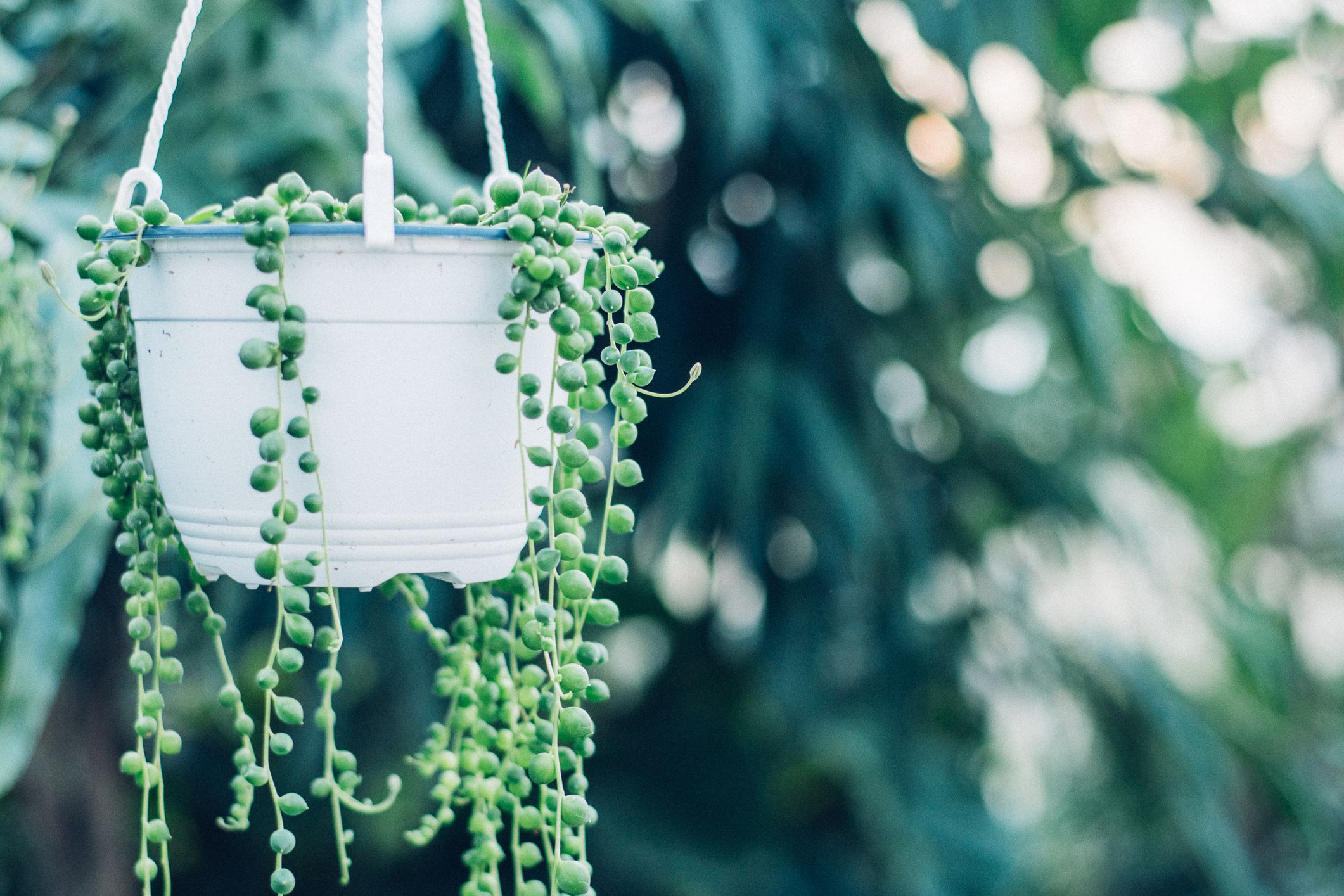
5. Pruning and Maintenance
Regular pruning is essential to maintain the appearance and vitality of your String of Pearls. Trim off any dead or wilted stems and pearls to encourage new growth and maintain a lush, full appearance. Repot your plant in spring if it outgrows its container, using a pot with adequate drainage to prevent waterlogging and root rot.
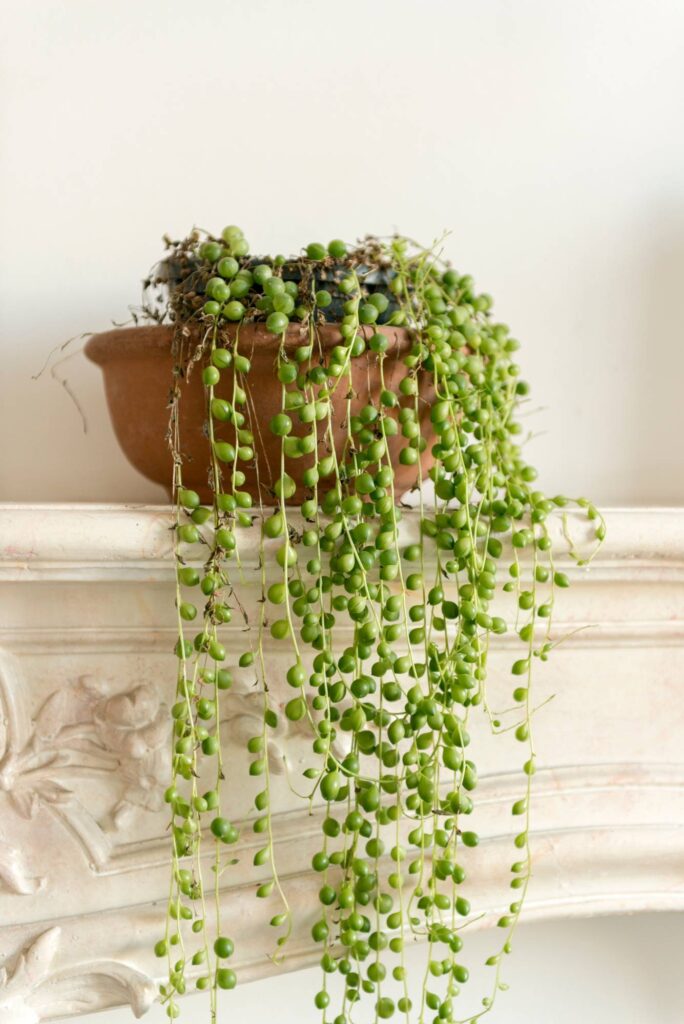
Common Symptoms and Remedies
Despite its resilience, String of Pearls may occasionally exhibit symptoms indicating stress or environmental imbalance. Here are some common issues and their remedies:
Root Rot and Overwatering
Symptoms: Mushy stems and pearls, accompanied by a foul odor, indicate root rot due to overwatering.
Remedy: Remove affected parts, allow the soil to dry out completely before watering, and adjust your watering schedule to prevent recurrence. Ensure proper drainage to prevent water accumulation.
Dehydration and Underwatering
Symptoms: Shrivelled or flat pearls suggest insufficient moisture.
Remedy: Give the plant a thorough soak and adjust watering frequency based on environmental conditions. Increase humidity levels if necessary, especially in dry climates or heated indoor spaces.
Insufficient Light
Symptoms: Sparse growth and lack of pearls on top indicate inadequate light exposure.
Remedy: Move the plant to a brighter location with indirect sunlight or supplement natural light with grow lights. Rotate the plant periodically to promote uniform growth and prevent balding.
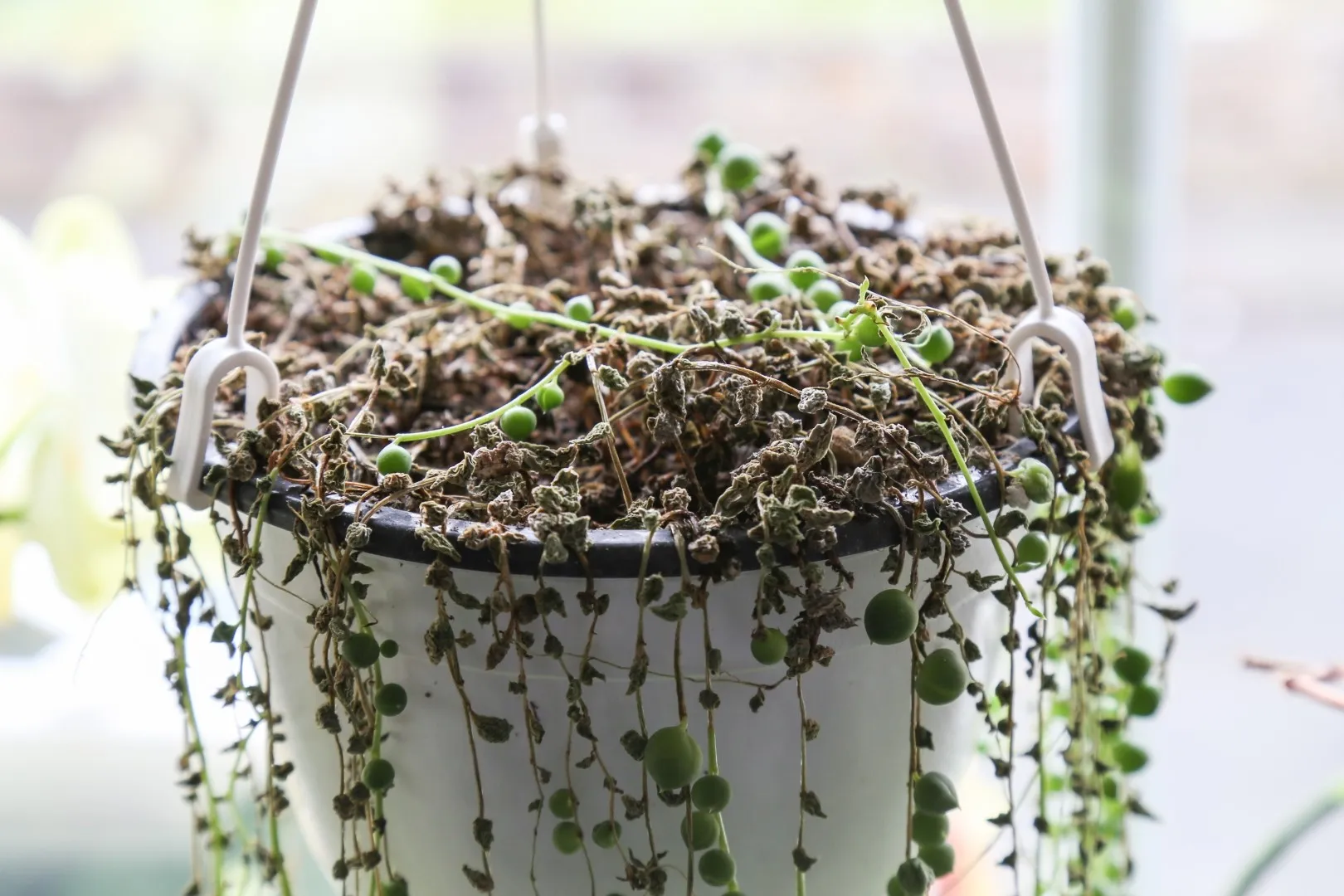
Congratulations! You’ve mastered the art of caring for String of Pearls plants. By providing the ideal lighting, watering, soil, and environmental conditions, you’ll enjoy a thriving succulent that adds charm and beauty to your home or garden. Remember, each plant has its own unique personality, so don’t hesitate to tailor your care routine based on its individual needs. With patience, love, and a sprinkle of green-thumb magic, your String of Pearls will flourish for years to come. Happy planting!
FAQs
Should I mist my string of pearls?
Misting string of pearls plants is not necessary, as they prefer moderate to high humidity but can tolerate average indoor humidity levels. However, if the air in your home is particularly dry, you can mist the plant occasionally to increase humidity. Ensure that the leaves dry completely between mistings to prevent fungal diseases. Alternatively, placing a humidifier near the plant or grouping it with other plants can also help maintain adequate humidity levels.
How do you make string of pearls grow faster?
To encourage faster growth in string of pearls plants, ensure they receive ample bright, indirect sunlight. Provide them with well-draining soil and water them thoroughly whenever the soil dries out completely. Additionally, fertilize the plant sparingly during the growing season with a balanced, water-soluble fertilizer diluted to half strength. Pruning leggy stems and propagating new plants from cuttings can also stimulate growth and promote a bushier appearance.
How often should I water string of pearls?
String of pearls plants need to be watered thoroughly whenever the soil dries out completely. Typically, this occurs every 1-2 weeks, but the frequency may vary depending on factors like temperature, humidity, and the potting mix. It’s crucial to avoid overwatering, as soggy soil can lead to root rot. Always check the soil moisture before watering to ensure it’s dry enough.
Does string of pearls need direct sunlight?
Yes, string of pearls plants require plenty of bright, indirect sunlight to thrive. When grown indoors, place them in a location where they receive at least 4 hours of direct sunlight daily. However, be cautious of intense afternoon sun, as it can scorch the delicate foliage. Inadequate light may cause the plant to become leggy and lose its vibrant color, so ensure it receives sufficient light for optimal growth.
How do you care for string of pearls indoors?
To care for string of pearls indoors, provide them with bright, indirect sunlight and well-draining soil. Water the plant thoroughly whenever the soil dries out completely, but avoid overwatering to prevent root rot. Maintain moderate humidity levels around the plant, and ensure adequate air circulation to prevent fungal issues. Prune leggy stems to encourage bushier growth, and fertilize sparingly during the growing season to promote healthy development.
Do you water string of pearls from the top or bottom?
It’s best to water string of pearls plants from the top, allowing water to soak through the soil and drain out from the bottom of the pot. Watering from the top ensures that the entire root ball receives moisture evenly. However, always empty the saucer or tray underneath the pot after watering to prevent the roots from sitting in standing water, which can lead to root rot.
